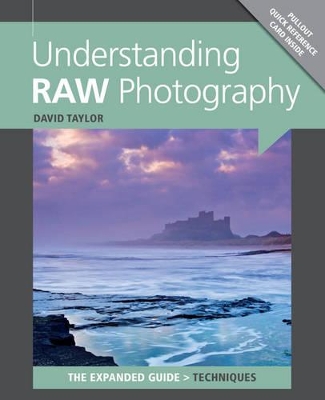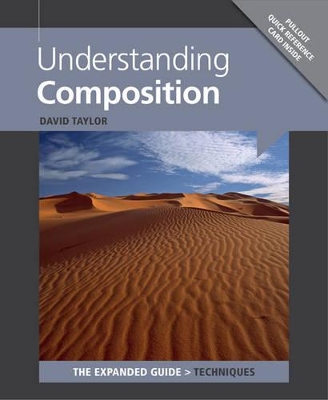Expanded Guide: Techniques
4 total works
This title explains the procedure from the start of a photo shoot through each stage of post-processing. In depth, jargon-busting text offers hints and tips on interpreting RAW images. It includes expert advice given by professional photographers, using practical examples with the aid of diagrams and charts. The RAW file format is digital photography's equivalent of a negative in film photography: it contains untouched, 'raw' pixel information straight from the digital camera's sensor, which must be processed to produce the final result. "Understanding RAW Photography" is a comprehensive guide with in depth, jargon-busting text offering hints and tips on interpreting RAW images and gives step-by-step information on processes such as demosaicing and white balance, adjusting colour saturation and contrast, sharpening an image, adjustment in camera and on a personal computer, and final generation of JPEG or TIFF format.
Professional photographer David Taylor's concise, jargon-free text guides the reader through the basics of composition, why it matters, and how to attune the mind to the art of looking. The main composition concepts - from the Rule of Thirds, the Golden Section, the Rule of Odds, visual weight and contrast, to actual and implied lines in an image, symmetry, viewpoint and abstraction - are each analysed and demonstrated with the aid of the author's own beautiful images.
High Dynamic Range (HDR) photography is a popular way of taking photographs. High Dynamic Range (HDR) photography is the process of shooting several images of a scene at various exposures, then merging them into one file. This produces photographs that are crisp and detailed, full of drama and expressiveness. "HDR Photography" is a comprehensive guide - written by a professional photographer in a clear and jargon-free style - to understanding the techniques of shooting and post-processing HDR images. Step-by-step case studies clearly explain the theory and practice of shooting and processing HDR images, with hints and tips that help to avoid the pitfalls of this engrossing genre of photography.
UK author David Taylor explains the difference between inkjet, thermal and laser prints. It explains the characteristics of types of paper and how to choose between dye and pigment inks. It contains practical printing information that includes step-by-step details on making a test strip, print settings and troubleshooting. Most digital photographers will wish to output their images for display purposes, so it's essential to have an understanding of the printing process and the options available. How, for example, do you ensure that your print matches what you see on your computer screen? Professional photographer David Taylor offers invaluable guidance and expert tips for all keen photographers on the basics of printing, from choosing a suitable printer and printer software to selecting the right papers and inks.


